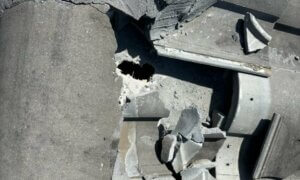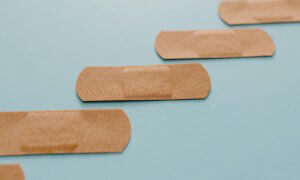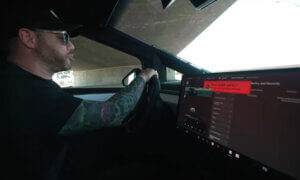When we think about robots, we think about gears, cogs and metal, we don’t really associate the word with something soft and squishy but NASA has different ideas about how the robots of the future will look like.
At the Langley makerspace lab, interns Chuck Sullivan and Jack Fitzpatrick are currently attempting to develop a series of soft robot actuators. Building soft robots would allow them to move like living organisms do and add a range of motion that machines made out of metal simply cannot have.
“When you actuate the soft robot, it changes how you use the material properties,” Fitzpatrick said. “A piece of rubber going from flat to the shape of a finger, it changes the material into something else.”
The two are still in their early stages of their research and creating an actuator is only the first step in investigating how this particular technology could be used in space not only for assembly purposes but also for exploration.
For now, their design features ‘air bladders’ that allow them to control it by adjusting the amount of air in the chamber of the actuator, much in the way a human muscle flexes and relaxes.
So far, Sullivan and Fitzpatrick have determined four lines of inquiry about the properties of actuators: mobility, joining, leveling and shaping. It’s these properties that will help the duo establish what the uses and limitations of soft robotics are in space exploration and assembly.
The mobility inquiry will look into how the actuator moves, or how it would move over a lunar surface. Joining will help them understand how the robots could link together such as to create a temporary shelter, for example.
“We are trying to see the basic capabilities of soft robots through these four properties. That way when someone down the road says maybe soft robotics is useful in a different application they can look at our work as a baseline,”
Leveling is all about how the actuators can adjust a surface and strengthening, the fourth and final line of inquiry, is how they will be able to add more strength to their material by pressurizing it using the air bladders.
“We use the actuator to get the soft robot into a position and we lock it into place, using a jamming technique,” Sullivan went on to say. “This technique can be used to passively strengthen another structure, like a dust shield. We see these four things as the crux of the problem. Once we can accomplish those in individual unit tests, we would like to figure out ways to combine them, so maybe we combine mobility and joining.”
The two interns hope that, by creating soft robots that can be used in situations that are “dangerous, dirty or dull”, they will be able to help the astronauts of tomorrow stay both productive and safe.
Follow TechTheLead on Google News to get the news first.































